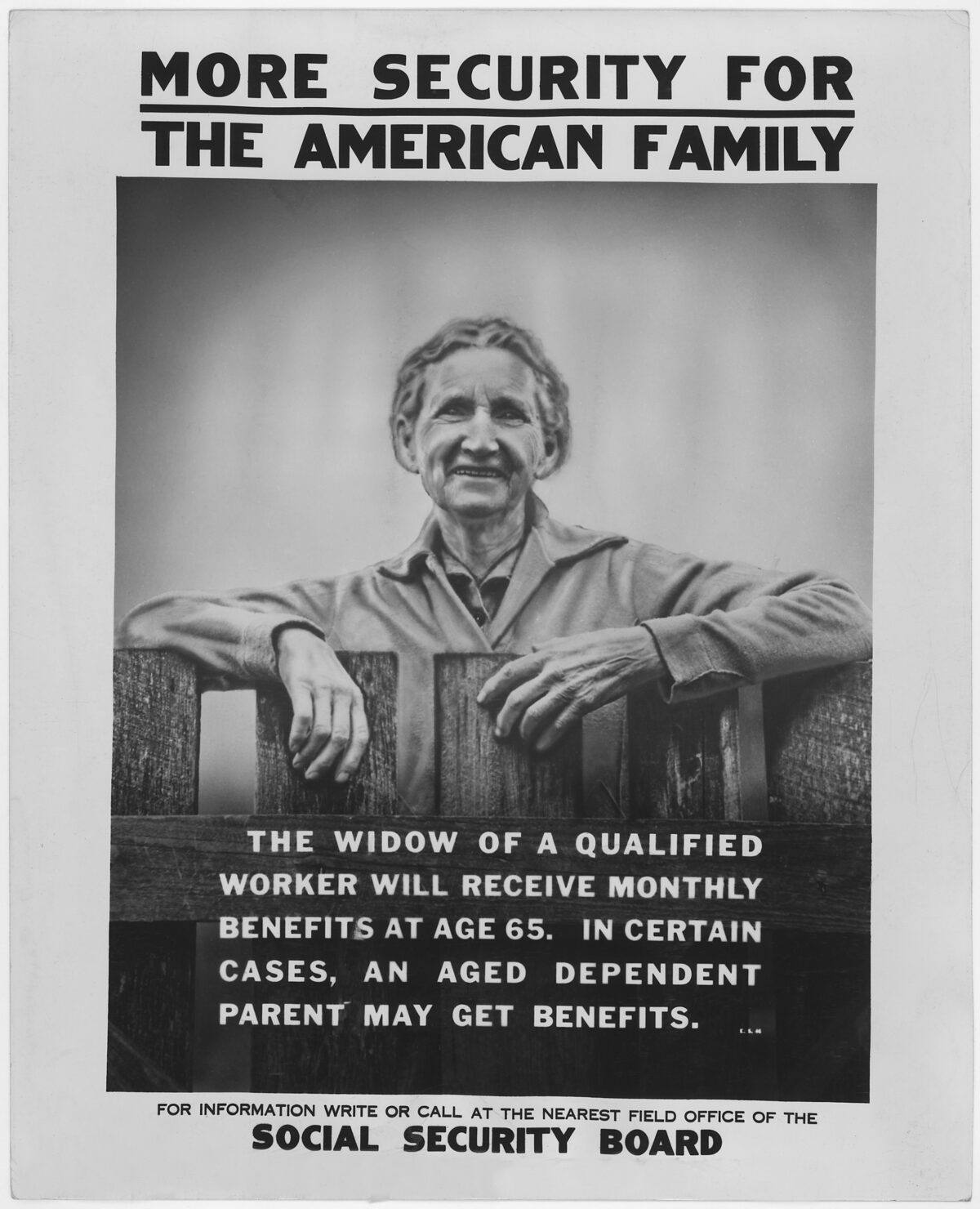


I continually remind my readers that they shouldn’t worry too much when they read or hear reports of Social Security’s imminent collapse. Once Congress works up the nerve to deal with the issue (and once the American people accept the fact that the program needs reform), they will get around to passing amendments to the Social Security laws that will keep the program solvent for generations to come. And this will really be nothing new.
Almost every year since the Social Security Act was passed in 1935, there have been amendments to that original law. Many years, they are simply minor technical adjustments. But some years, they include major changes to the program. Here is a brief summary of how the Social Security program has evolved over the years.
The original law provided benefits only for a retired worker aged 65 or older.
Even before the first monthly benefits were paid in 1940, these amendments added many provisions to the original law. They included benefits for a dependent wife 65 and older and for the minor children of a retiree. They also added the first survivors benefits: for a widow aged 65 or older; for the minor children of a deceased worker; for a widowed mother of any age caring for those children; and for dependent parents of a deceased worker.
Congress must have realized the 1939 amendments were sexist because this year they added benefits for a dependent husband of a retired woman and for a dependent widower aged 65 or older. They also provided benefits for a retiree’s dependent wife of any age as long as she was caring for his minor child. And for the first time, Congress realized that not all marriages last forever. They included benefits for a divorced widowed mother caring for the minor child of a deceased worker, but only if she was married at least 20 years.
These amendments added a major new Social Security program: disability benefits. This first law offered monthly benefits only for disabled people over age 50. But in a few years, disability benefits were made available to people of all ages. Provisions were also added to pay monthly benefits to disabled adult children of retired, disabled and deceased workers. And for the first time, Congress recognized that not all senior citizens wanted to wait until age 65 to claim benefits. Initially, they offered earlier benefits only to women. They provided reduced retirement benefits for women between ages 62 and 64 and reduced spousal benefits for dependent wives and widows between ages 62 and 64.
Finally, Congress authorized reduced retirement benefits to men. These changes also provided for reduced benefits for dependent widowers between ages 62 and 64.
For the first time, benefits were offered to divorced wives if they were at least 62 years old and if they had been married for at least 20 years. (The 1950 amendments had provided benefits only for divorced widows.) The 1965 amendments also added the Medicare program. But Medicare is NOT a Social Security program, and an entirely separate funding mechanism was established for these health care benefits, so I am not including Medicare changes in the rest of this column.
The concept of a “delayed retirement bonus” was added for the first time to offer an incentive to workers who wait to file for retirement benefits until beyond age 65. Over the years, this bonus has been liberalized.
Congress closed a big loophole in Social Security law. A Social Security retirement pension had always offset any spousal benefits a retiree might be due on a husband’s or wife’s Social Security record. But folks getting non-Social Security retirement pensions (like many teachers and government employees) were still able to get such spousal benefits. Congress changed the law to treat teacher and government pensions in the same way as Social Security retirement pensions. Also this year, the length of marriage requirement for divorced spouses was lowered to 10 years.
When these changes were implemented, the Social Security system was much closer to insolvency than it is today. These amendments bumped up the retirement age from 65 to 67. A minor tax increase was implemented, and Social Security benefit payments to children over age 18 were eliminated. Also, for the first time, Social Security benefits became taxable.
The earnings penalty provisions were eliminated for anyone over full retirement age and were liberalized for people between age 62 and the FRA. Provisions in these amendments also led to the “file and suspend” and “restricted application” loopholes in the law — discussed ad infinitum in this column. Those loopholes were closed several years ago by yet more amendments to the law.
